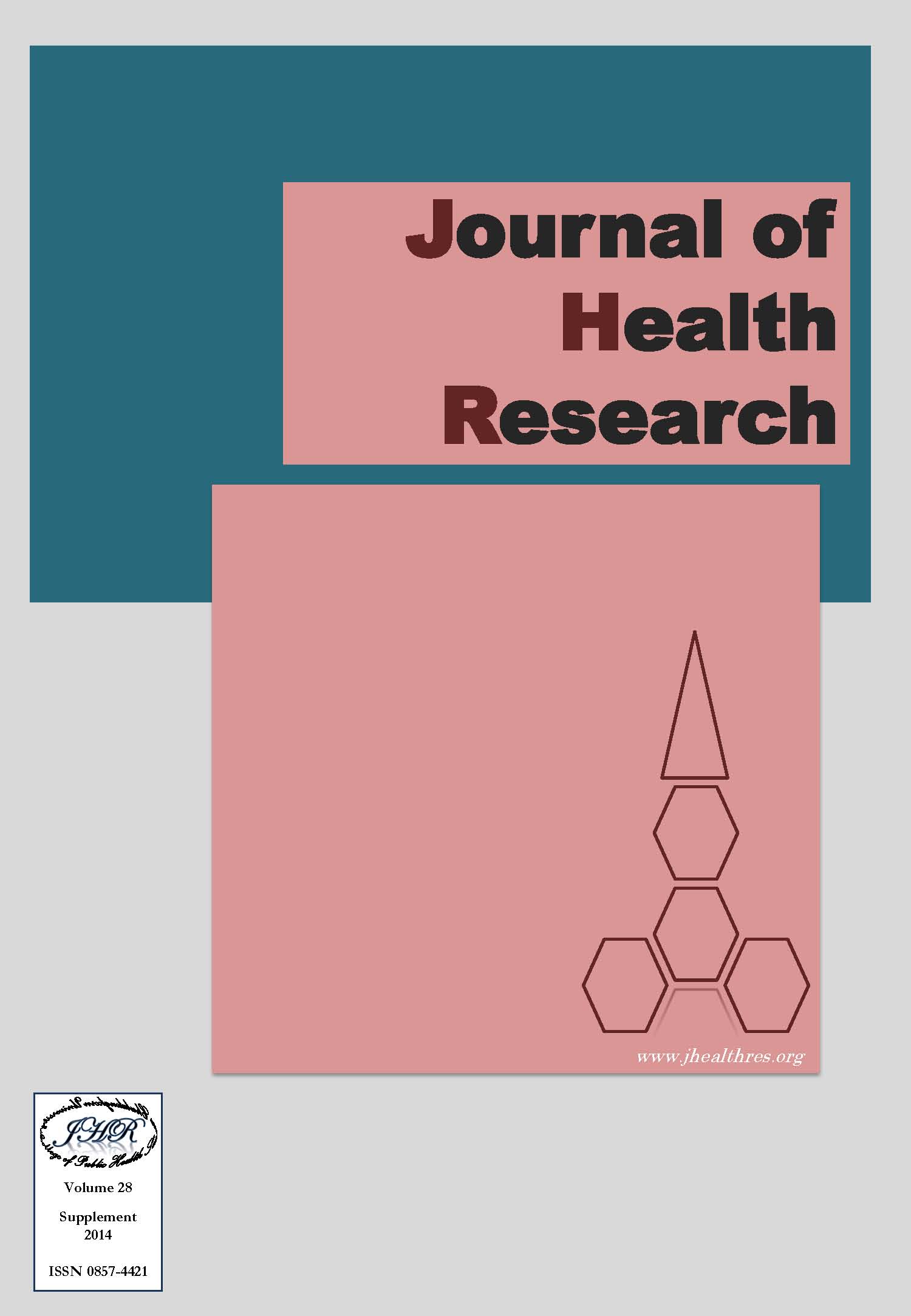Sociocultural and Other Factors Associated with Malnourished Children Aged Under-Five in Preah Vihear Province, Cambodia
Keywords:
Malnourished children, Underweight, Stunting, CambodiaAbstract
Malnutrition affects physical, mental and intellectual development as well as the morbidity, mortality and physical work ability and the continued consequences impact on human performance and survival. It is underlying causes resulted in many diseases and death for the children under-five years of age. Factors are contributing to the malnourished children are considered to many and varied. The objective of the study was to identify the sociocultural and other factors associated with underweight children age under-five in Preah Vihear province. Factors considered socio-demographic characteristics, food relating factors, environment factors, household economic and health status of mother and child. It was a cross sectional study using a modified questionnaire from MICS 2006 and measure of weight and height. Two hundred twenty households with children under-five from 3 sub-district of Chhaeb, Preah Vihear participated. The statistical package for the social sciences (SPSS) 16 version was used for data analysis of frequency, percentage, mean, standard deviation and cross tabulation tested by chi-square. And Anthropometric Measurement of World Health Organization (WHO) was used weight for age, weight for height and height for age for analyzing the nutritional status of children. The result showed the prevalence of underweight, stunting and wasting children under-five years of age; 77.3%, 60.9% and 61.4%. Most of the respondents were farmers (95.3%) and no education (33.6%) and completed primary school (63.7%). From the statistical analysis using Chi-square; factors associate with underweight children were level of mother’s education, number of times feeding/breastfeeding, feeding child extra snacks, children ate carbohydrate, protein food, vegetables/fruits, sweets (p<0.05). Moreover, the finding revealed that the environment factors (child drinking water treatment) and child health factors (child fever with cough) showed statistical significant with underweight children (p<0.05). Conclusion, in term of food culture, beliefs and prejudice there were no statistical significant different. However, over half the mothers/closed-caregivers thought that child ate fish caused parasite and first breast milk caused child diarrhea or sickness due to their food beliefs. For improving the child nutritional status, health and nutrition and safe drinking water should be provided to the mothers.







